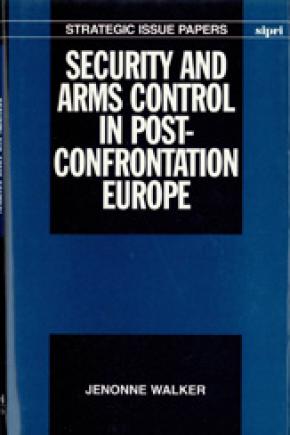Security and Arms Control in Post-confrontation Europe
This book examines the new dangers and challenges to international security in Europe after the cold war. The changing nature of Europe's security problems has necessitated new thinking among both civilians and the military about arms control, the problems it should address, the purposes it should serve and even what today should be called 'arms control'. Arms control should be seen as encompassing all aspects of the military dimension of the endeavour to mitigate or mediate tensions within states and to keep them from turning violent. It entails joint management of the cold war legacy of nuclear and conventional weapons. Security and Arms Control in Post-confrontation Europe examines in particular the role which could and should be played by the Conference on Security and Co-operation in Europe (CSCE) for the prevention of intra-state armed conflicts.
1. What is arms control for?
2. Nuclear weapons and European security
3. Conventional arms control and European stability
4. Arms control and conflict within states
5. Crisis management as arms control
6. Conclusion: Arms control and institution building
Appendix. Documents on European security, 1990–92

